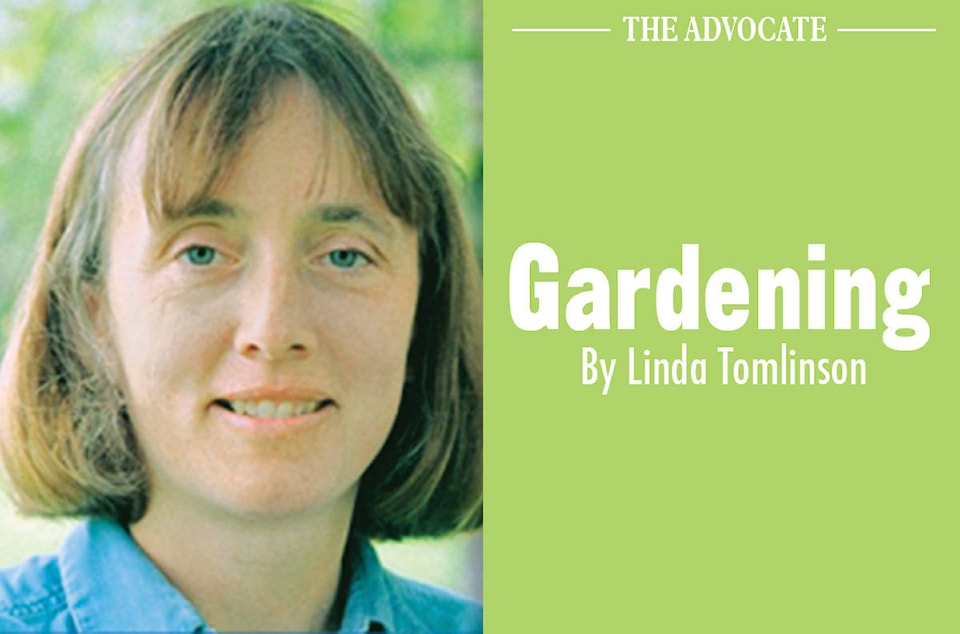Spring put in a late but sudden appearance this year which has resulted in gardeners trying to get their yards ready in a couple weeks as opposed to a month. The challenge is to know what to do first.
Lawns benefit from a good rake or brush to remove excess thatch. A thick thatch attracts the worms where they burrow forming humps. Aerating, taking out plugs, loosens the soil making it easier for grass roots to spread quickly producing healthier plants and a healthier lawn. While leaving the plugs on top of the soil looks messy they are rich in micro-organisms which speed up the decomposition of dead leaves.
Fertilizer is essential in producing an evenly green lawn. Organic fertilizer is available but it is usually bulker and contains fewer nutrients than chemical fertilizer. In the spring start with a fertilizer that is high in nitrogen, the first number, as it will encourage top growth. Later in the season, use a fertilizer with more phosphorous and potash, second and third number, as it encourages root and seed growth. Always follow the manufacturer’s instructions on the container. Every fertilizer is trialed enabling companies to tell clients how to get the most out of their product. A well thought out fertilizer program encourages the grass to grow and inhibit the weeds.
Clean the flowerbeds by removing the old growth. Do not be surprised to find new growth emerging under dead tops and leaves. Not all plants emerge at the same time. If one is missing give it till mid-June to emerge before digging in the spot and replacing it.
Topdressing flowerbeds with a thin layer of clean compost or manure will insure that the plants have a supply of nutrients and the soil structure will be improved. Sprinkling bone meal or a low nutrient fertilizer around the plants is an alternative way to provide the plants with nutrients but it does not improve the soil structure. The process of making fertilizer available to plants uses organic matter. Without it, the nutrients are tied up and not available for the plants use. Do not use the same fertilizer on perennials as the lawn as excess nitrogen will encourage weak top growth that often topples over.
Keep an eye on the moisture levels of the soil. Cultivated areas and beds along the south side of buildings and fences dry out quickly. When checking moisture levels in the ground, dig down to the same level as the plant roots, 4 – 6 inches.(10-15 cm)
If seeds were seeded into wet or moist soil, keep the soil moist to allow the seeds to continue to germinate and start to grow. Seeds that start to swell and then dry out often die.
Annuals bought as bedding out plants make an instant garden. Annuals that are seeded into the ground germinate and usually start blooming at the end of July the first part of August. They continue until the first hard frost. Some varieties such as bachelor Buttons and poppies will self-seed, and provide color for a number of years.
Garden Centers are busy at this time of year. Try to visit at an unpopular time or be prepared to wait. Remember, this is Alberta. If tender plants have been placed outside, be prepared to cover them in the chance that the weather turns colder.
Linda Tomlinson, a horticulturalist that lives near Rocky Mountain House. She can be reached at your_garden@hotmail.com
